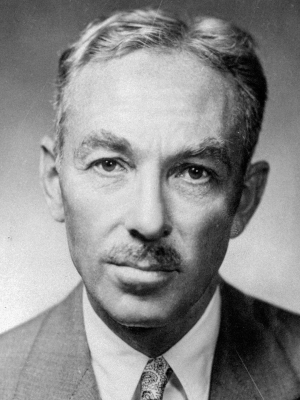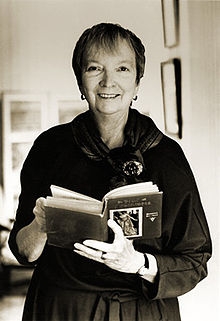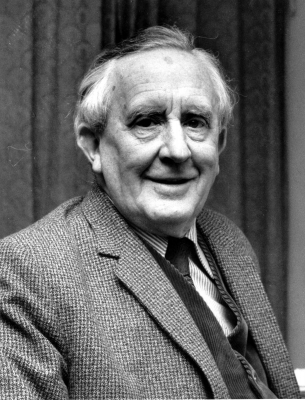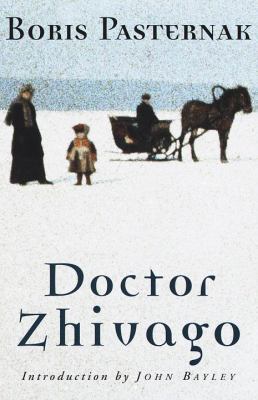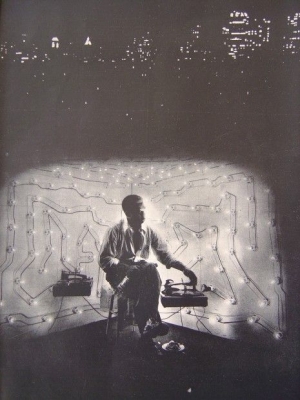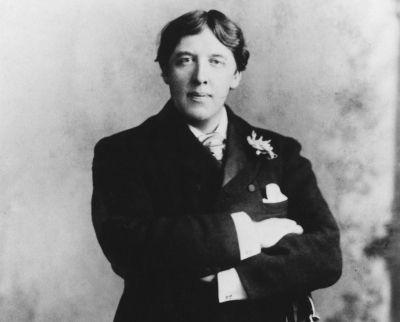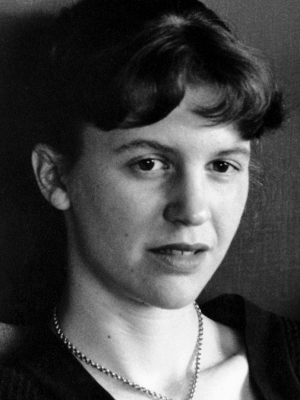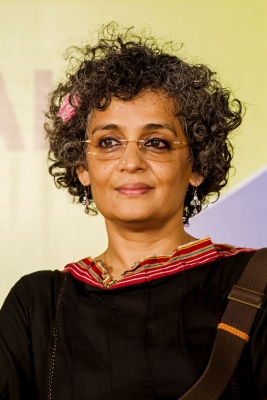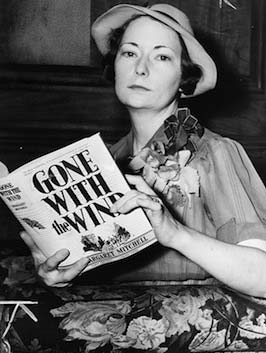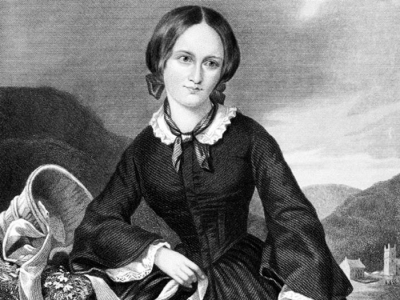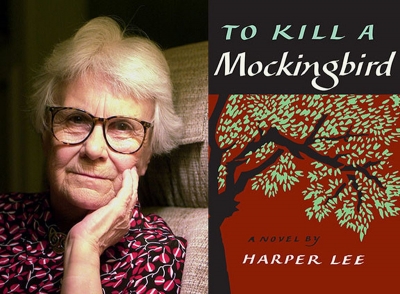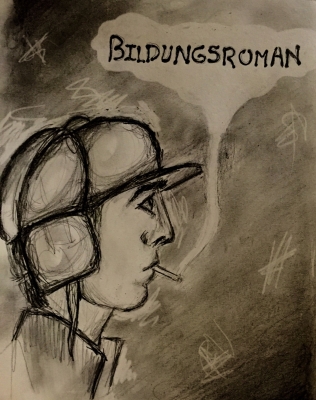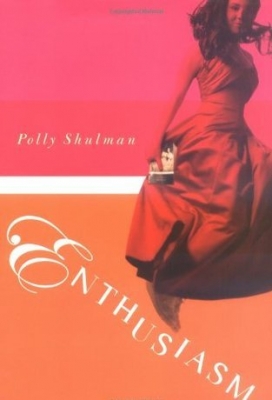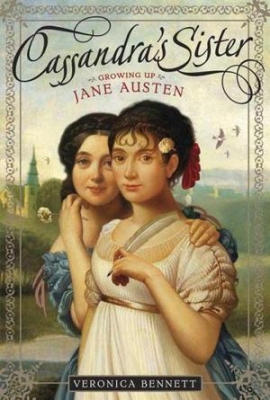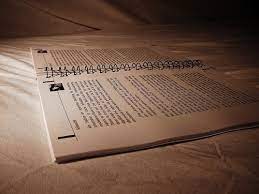
If you love books, then you know the feeling of walking into a bookstore or a library and getting overwhelmed by the rows upon rows of books on display. They are classified by genre, authors, subjects, and languages. But did you know that works of fiction are further categorised by their word count?
A novel is the most commonly known form of a book. But have you heard of novellas and novelettes? And how do the three differ from one another? Read on to find out..
Size matters
We often say that we are reading a novel, but not all books are novels. A book is considered to be a novel only if it is more than 50,000 words (sometimes books up to 40,000 words are referred to as short novels). Works of fiction having less than the stipulated word count are classified as novelettes and novellas.
Caught in the middle
A novella is the longest form of short fiction - between 20.000 and 49.999 words. It lies somewhere between a novel and a short story. "Of Mice and Men" by John Steinbeck and "Animal Farm" by George Orwell are classic examples of novellas.
On the other hand, novelettes are generally books with a word count between 7.500 and 19.999 words. That means they are just a bit longer than a short story and micro or flash fiction, which is usually under 1,000 words.
At just over 9,200 words, Edgar Allan Poe's 'The Spectacles" is a classic example of a novelette. It is a story of a man who doesn't wear his spectacles and ends up marrying his grandmother
Besides word count and page length, another major difference between the three forms of books is the subject matter.
Because of their short length, novelettes and novellas are usually fast-paced and less complicated than novels. They follow a single central conflict and do not delve much into backstories or other points of view. Arguably, both novellas and novelettes are similar to short stories, but are wider in scope.
And the story goes on...
The aforementioned differences between novels, novellas and novelettes are not set in stone. There is still a lack of consensus in the literary world over the exact definitions of these forms. The definitions and stipulated word count can vary from publisher to publisher and country to country. To make matters even more confusing, some literature experts say that whether a book is a novel or a novella should be judged on the basis of their content and narrative structure, and not on their length alone.
So is the book you're reading a novel or not? Well, the jury is still out!
WHAT'S IN A NAME?
- "Harry Potter series: With each of the seven books consisting of more than 70,000 words, J.K. Rowling's "Harry Potter series is universally acknowledged as a novel series. J.R.R. Tolkien's "Lord of the Rings" and "The Hobbit" books too are considered novels. However, both Tolkien and Rowling have written companion books such as "The Silmarillion" and “The Tales of Beedle the Bard” respectively which may be considered novellas.
- "The Strange Case of Dr. Jekyll and Mr. Hyde": Just like the multiple personalities of its protagonist, Robert Louis Stevenson's "The Strange Case of Dr. Jekyll and Mr. Hyde too has two sides. Although the 16, 740 words book is widely considered to be a novella, some literati refer to it as a novelette.
- "The Little Prince": At less than 100 pages (16, 534 words), Antoine de Saint-Exupery's "The Little Prince" is far too short to be considered a novel and far too long to be a short story. So it falls in the category of a novella.
- "The Call of the Cthulhu": Many of the short works by H.P. Lovecraft are so short, ranging from 3,000 to 5,000 words, that they do not qualify to be even novelettes. Only his most famous work "The Call of the Cthulhu" falls under the category of a novelette because it is 11, 905 words.
Picture Credit : Google
